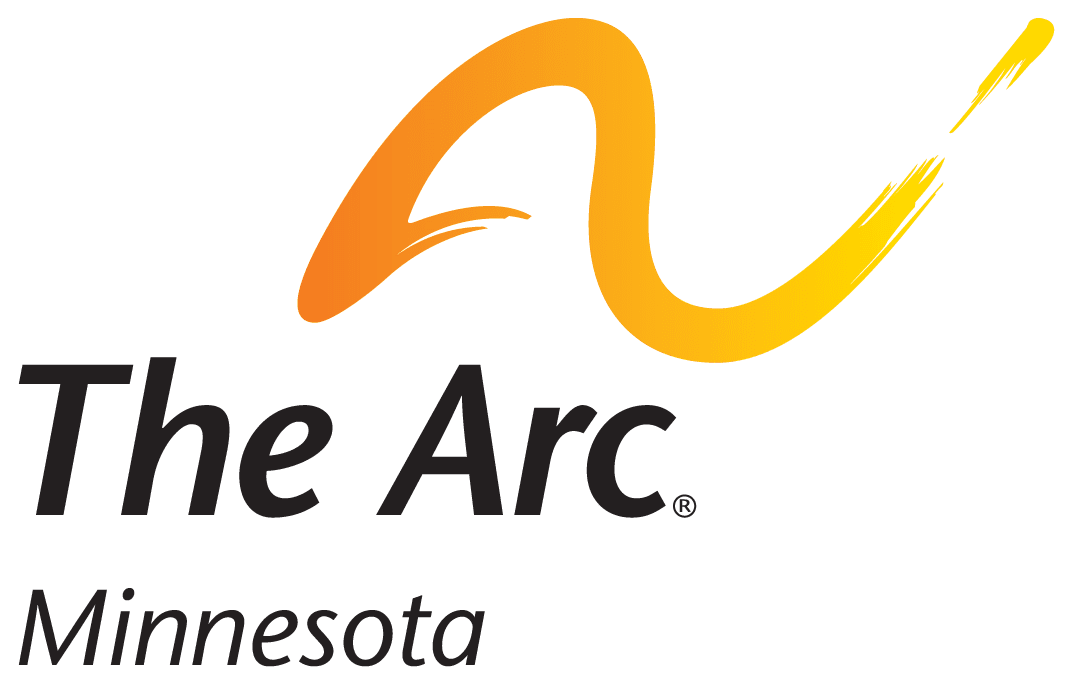Voting is one of our most important civil rights. We still need to work hard to make sure voting is accessible for all people with disabilities. That’s why The Arc Minnesota created a “20in20” voter engagement campaign! The 2020 election is 20 weeks away, on November 3. During these next 20 weeks, we will share important information about online voter registration, voting by mail, polling place accessibility, and more. We will also host virtual town hall forums with the Secretary of State and with candidates running for office. Our goal is to increase the total number of people with disabilities in Minnesota who vote this year by at least 20%. The first feature in our “20in20” campaign is this blog post from our Voter Engagement intern, CC Orth. Learn more about the history of voting rights for people with disabilities.
Imagine showing up to vote and the polling official decides you aren’t “fit” to vote? While this may sound absurd and offensive, millions of Americans with disabilities once faced this situation when trying to vote. Just like other citizens, people with disabilities have the right to vote unless that right has been taken away by a judge. However, it wasn’t long ago that an American with disabilities could be denied the right to vote based on stereotypes and assumptions about disability, such as appearance. Today, laws are in place to protect the voting rights of people with disabilities, and to make sure voting is as accessible as possible.
The Voting Rights Act of 1965 granted individuals with disabilities the right to have help with voting from a person of their choice. However, the first federal civil rights protection wasn’t until the 1973 Rehabilitation Act. Even after the Rehab Act was passed, there were not effective regulations to put these standards in place – especially Section 504, which focused on accessibility and assistance for people with disabilities (American Association of People with Disabilities).
Across the country, disability rights activists staged sit-ins for effective regulations of Section 504. At the San Francisco Office of the U.S. Department of Health, Education, and Welfare, activists held the longest sit-in of a federal building in U.S. history: 25 days. The protests worked, and the Section 504 regulations were signed into law and implemented. This proved that disability rights activists had the ability to shape laws and policies – including protections for voting.
The Voting Accessibility for the Elderly and Handicapped Act of 1984 made sure that all registration facilities and polling places for federal elections must be accessible to people with disabilities. If no location can serve as an accessible polling place, other voting options must be provided on the day of the election. This act is vital for voters with physical disabilities, as polling places are now required to make accessibility accommodations such as voter parking, entrances, and elevators/ramps. The Act also promotes voting aids such as instructions printed in large font and teletypewriters for people who are deaf.
More recently in 2002, the Help America Vote Act (HAVA) created minimum standards to improve the voting system and election administration. The law provided funding and made the Election Assistance Commission (EAC). In December 2005, the EAC adopted the Voluntary Voting System Guidelines (VVSG). These guidelines determine if voting systems meet the standard requirements. Testing includes factors such as functionality, accessibility, and security. The increased voting security allowed for more opportunities for people with disabilities to vote privately and independently.
While these Acts have helped increase accessibility to vote, almost a third of voters with disabilities reported having trouble casting their ballots in the 2016 election (Fessler). The problems span from getting into the polling place, reading the ballot, and operating the machine. Disability rights are civil rights, yet millions of Americans with disabilities still struggle to vote.
According to the Federal Election Commission, more than 20,000 polling places across the nation are inaccessible, depriving people with disabilities of their fundamental right to vote (Sommers). Polling booths are often unintentionally inaccessible. Voting obstacles can include polling places in a basement or upstairs without access via a ramp or elevator, no accessible parking, narrow doorways that do not accommodate a wheelchair, etc. In most states, Braille ballots are not supported, and people who are blind do not have the right to a secret ballot.
Voting is a patriotic American value and an important civil right. But with all of the challenges that voters with disabilities still experience, our community must come together to advocate for voting accessibility and to uphold the right of people with disabilities to vote. We must keep working to advance voting rights, and make sure that all voters with disabilities have the information, tools, resources, and access they need to cast their ballot!
Citations
- American Association of People with Disabilities. “Ed Roberts, the Disability Rights Movement and the ADA – American Association of People with Disabilities (AAPD) – Google Arts & Culture.” Google Arts & Culture, Google, artsandculture.google.com/exhibit/VwLy4PBo_Ty9Jg.
- Fessler, Pam. “Voters With Disabilities Fight For More Accessible Polling Places.” NPR, All Things Considered, 24 Oct. 2016, www.npr.org/2016/10/24/499177544/disabled-voters-fight-for-more-accessible-polling-places.
- Sommers, Anne. “Voting Accessibility Questionnaire.” Disability Rights Network of Pennsylvania, 12 Feb. 2018, www.disabilityrightspa.org/newsroom/voting-accessibility-questionnaire/.
